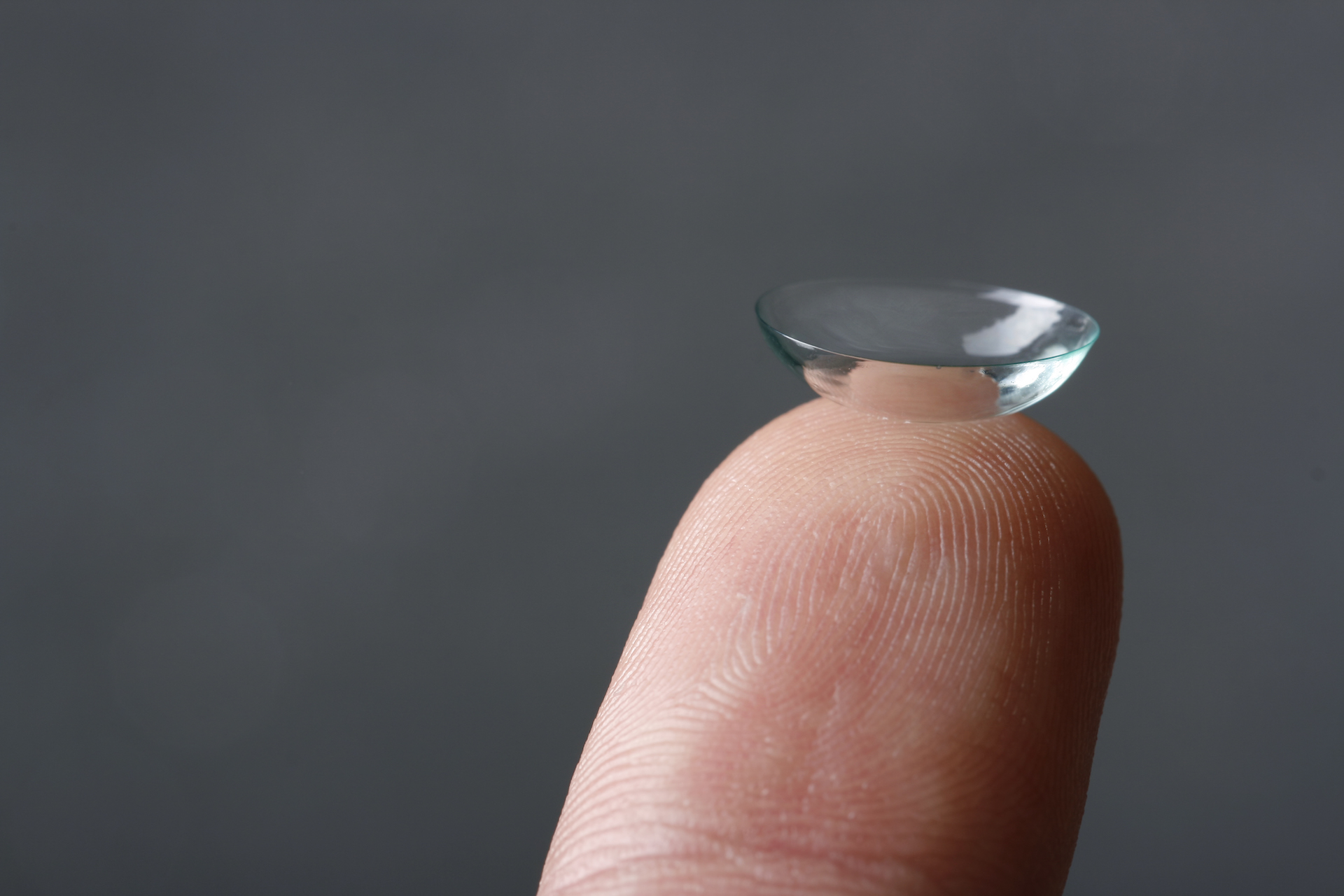If you’re tired of wearing eyeglasses then daily contact lenses are a great option. Daily contact lenses allow you to have clear vision without the hassle. These single use lenses are worn and replaced daily. They are comfortable to use and especially beneficial for people with an active lifestyle.
Here are some facts on why you should consider daily contact lenses:
- They are comfortable to wear.
- They are a healthy option.
- They are better for dry eyes.
Why you should wear daily contact lenses
These are the common reasons why you should wear daily contact lenses:
- You have an astigmatism or blurred vision.
- You have corneal irregularities.
- You are nearsighted.
- You are farsighted.
- You have age-related loss of close-up vision.
The following are the benefits of using daily contact lenses:
- They are efficient and less expensive.
Due to the rising demand of daily contact lenses, more and more brands are introducing their own line of daily contact lenses. This results in lower prices because of the stiff competition and brands trying to attract more buyers.
- They reduce your risk of eye infection.
Daily contact lenses are sterile and reduce the risk of getting an infection. Reusable lenses are more prone to bacteria and allergens. This is not a problem when it comes to daily contact lenses since they are only used once and removed daily.
- They require regular eye check-ups.
The use of daily contact lenses requires you to have a current and updated prescription before you can purchase it. A regular eye check-up is therefore needed and this means your eyes are being monitored regularly reducing the risk of an issue going undiagnosed.
- They are good for your eye health.
Daily contact lenses are good for your eye health compared versus reusable and longer-use contact lenses where airborne allergens tend to live and multiply. Your eyes and tears also contain lipids and proteins that build up on reusable lenses resulting in infections.
- They are convenient.
Aside from protecting you from infections, daily contact lenses give you the convenience to either use them or your eyeglasses during the day. It is convenient especially for people who have an active lifestyle.
- They provide allergy relief.
Daily contact lenses prevent allergies and infections. Having a fresh set of contact lenses means your eyes will be free from irritations and, ultimately, infections.
While there are a lot of advantages that one can get from using daily contact lenses, there are some disadvantages that are worth knowing. These are the following:
- Daily contact lenses are more expensive since they are replaced regularly.
- Daily contact lenses create an amount of waste because they are disposed every day.
How to avoid complications when using daily contact lenses
These are the things to remember to avoid complications:
- Make it a habit to remove the lenses before going to sleep.
Eye doctors advise contact lens wearers remove them every night just before going to sleep. These are some of the reasons why:
- Bacteria and amoeba may grow and multiply since the lens seals the cornea and traps fluid and, as a result, oxygen cannot reach the area.
- It results in dryness of the eyes.
- Always practice good hygiene.
Make sure that your hands are clean each time you handle your contact lenses. Wash your hands using soap and water and dry them properly with a lint-free towel.
- Always remove your lenses before taking a swim or using the hot tub.
Be sure to minimize the contact of water or saliva on your contact lenses. Before taking a bath or before taking a swim, make sure to remove them. Also, don’t place the lens in your mouth to wet them.
- Take extra care of lenses by using contact lens solutions.
Make sure that you use only sterile and commercially prepared contact lens solutions for your daily contact lenses.
Aside from knowing the purpose and benefits of daily contact lenses, it’s good to know the types of contact lenses that are available nowadays. These are the following:
Soft contact lenses
These are the common choice among contact lens users since they are breathable, flexible and comfortable to use. Daily contact lenses are included in this category. Other types of soft contact lenses include:
- Two weekly disposable lenses
- Monthly disposable lenses
- Extended wear contact lenses
Gas permeable contact lenses (hard)
These contact lenses can be worn for a longer period of time and recommended for the following:
- People who have eye conditions causing shape irregularity.
- People who have astigmatism.
- Soft lens users who want a sharper vision.
Colored contact lenses
These contact lenses are available in various shades and colors and can be worn as daily or monthly disposables.
It is vital you follow the instructions and to take precaution to keep things sterile. Most importantly, they should always be removed at night to avoid eye infections. Using daily contact lenses is a popular choice especially among people who have an active lifestyle. They have many advantages over eyeglasses and longer term contacts.

